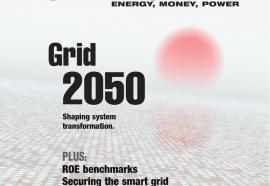Letters to the Editor
(August 2011) Economic consultant Michael Rosenzweig challenges Constantine Gonatas’s proposal for ensuring FERC’s demand response rulemaking achieves its objectives. Also, Juliet Shavit takes issue with Contributing Editor Steven Andersen’s characterization of utility customers as “crazy.”










